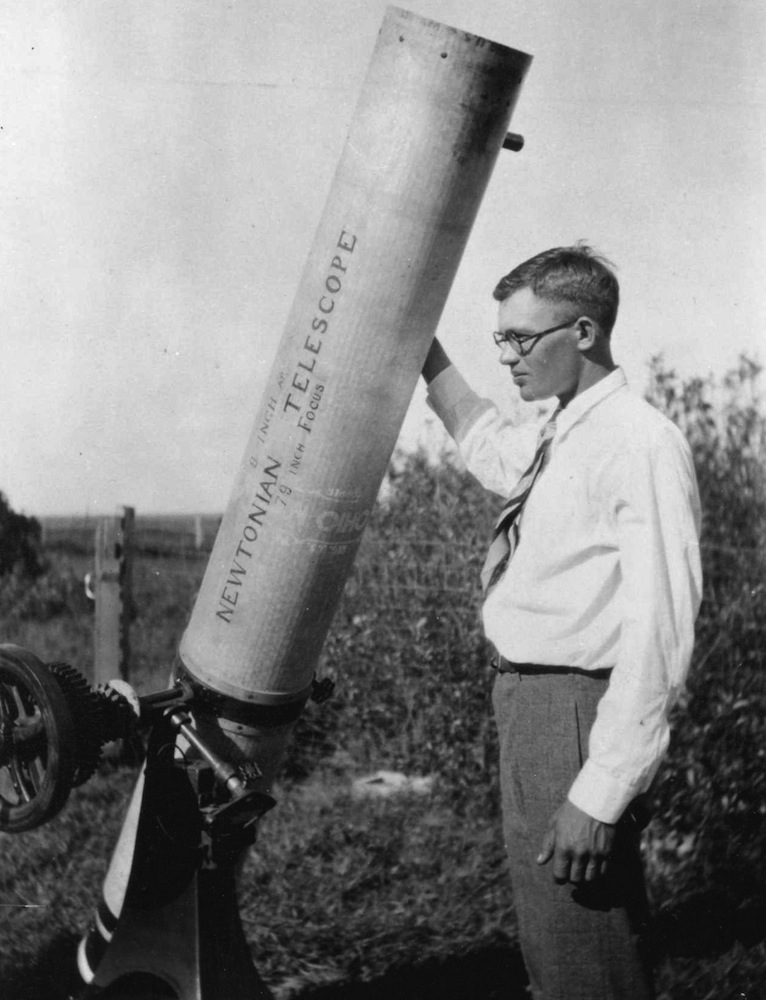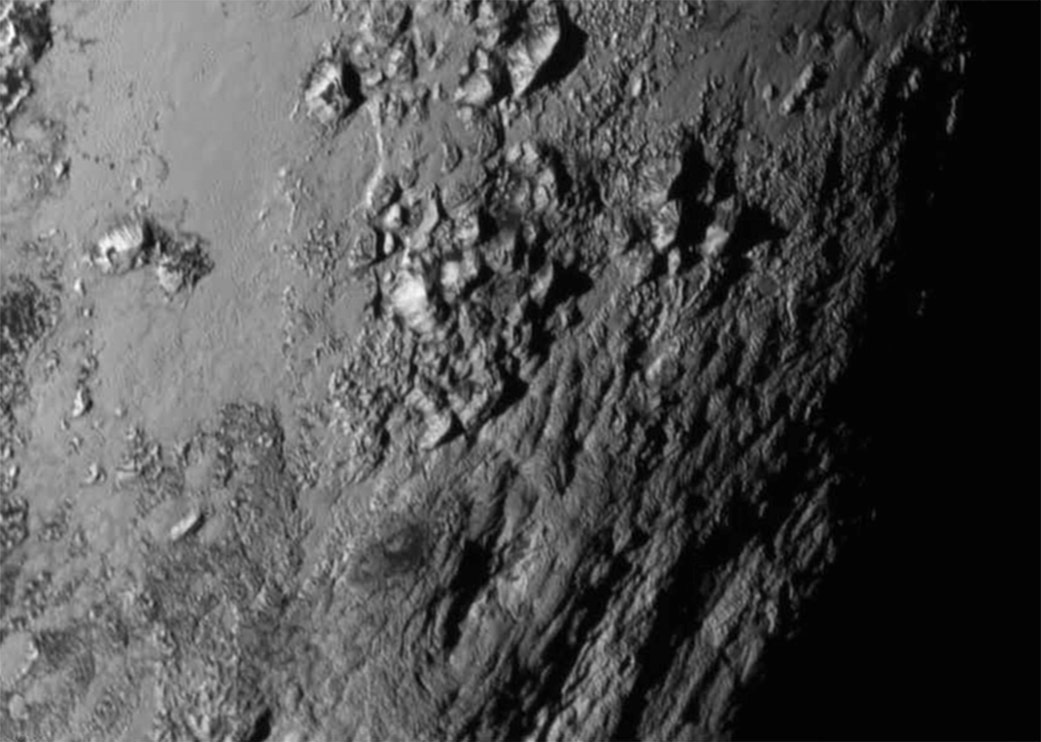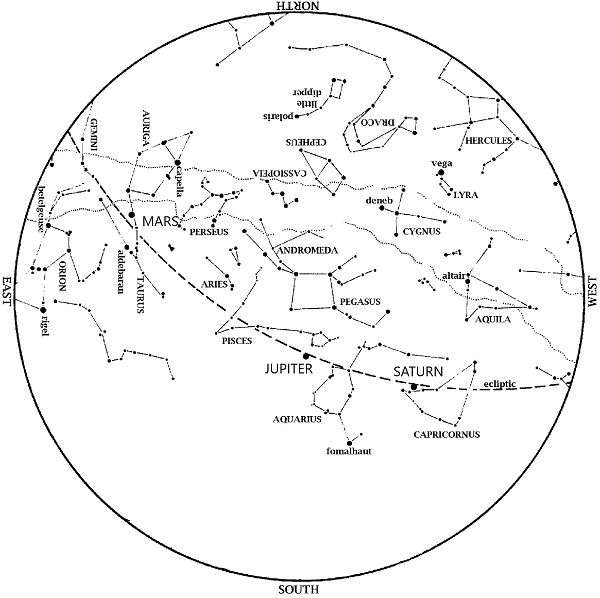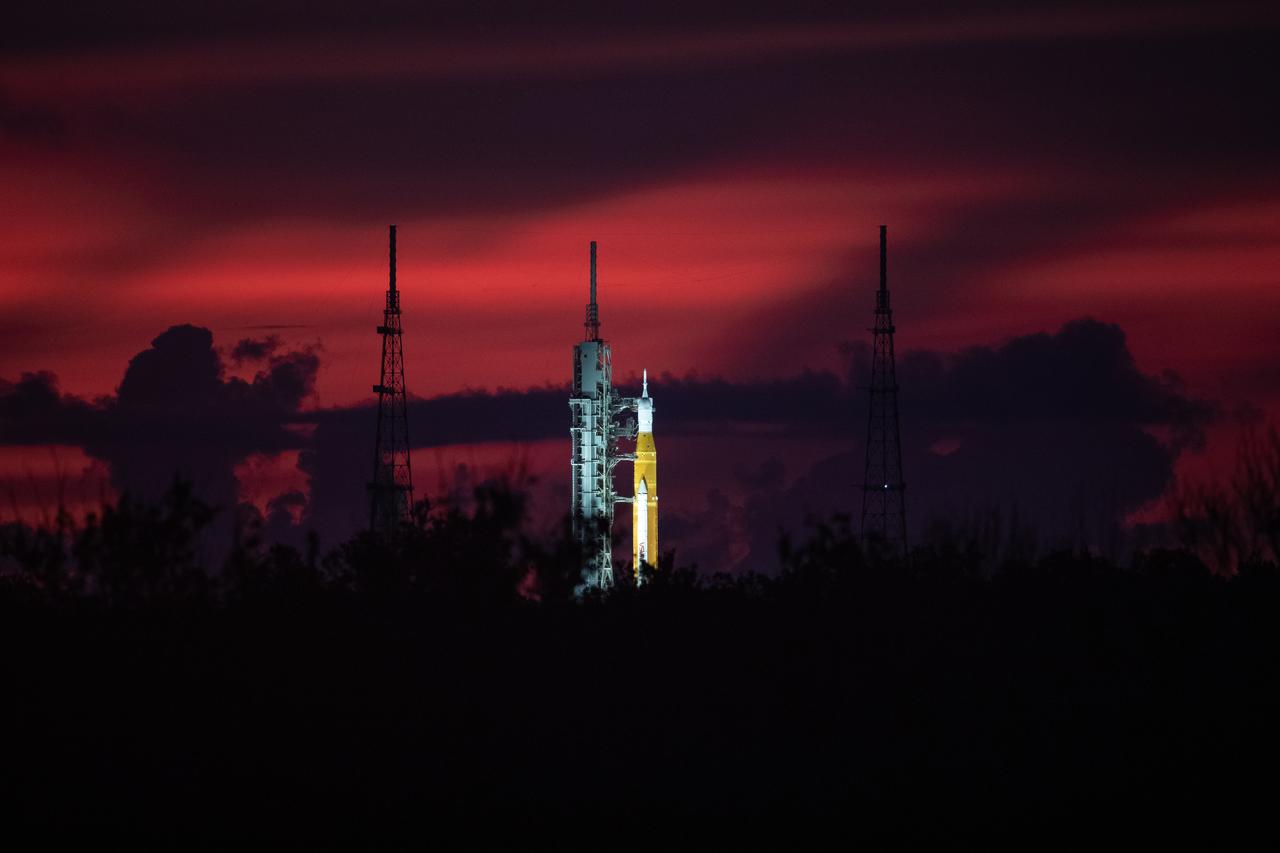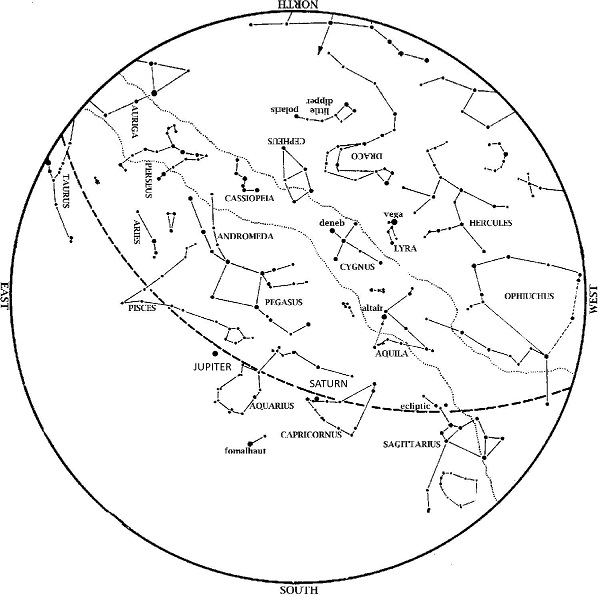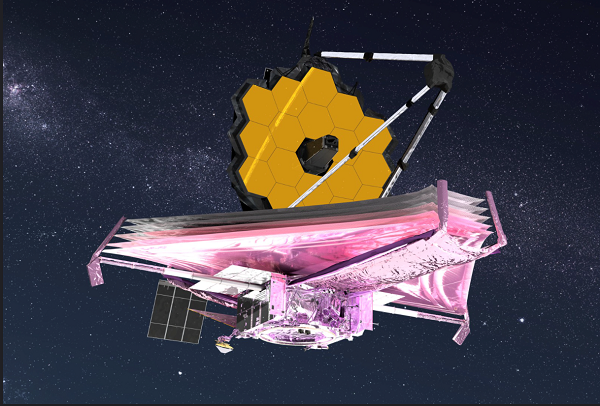Pluto has a heart. A big, icy heart surrounded by a sea of red. It was more of a fluke of photographic composition, a perfect angle for the shot that astronomers and engineers waited for more than nine years to receive, but nonetheless the image has served to anthropomorphize the dwarf planet enough to make us fall in love with it all over again.
Identified by Clyde Tombaugh in 1930 as the ninth planet from the sun, Pluto fell from grace in 2006 when the International Astronomical Union contentiously demoted it to a dwarf planet, but it never fell from our imaginations. Pluto occupies the same region of space as peers of similar or greater size, including the more massive dwarf planet Eris, and now that we see it has a heart, we imagine it breaking.
Pluto is a lonely wanderer, its elliptical flying well above and below the main plane of the solar system and within the orbit of Neptune. Tuesday morning, the historic images from NASA’s New Horizons space probe revealed its pockmarked face, wrinkled with valleys and mountains, and blanketed in sheets of ice, supporting the character we have imagined over the past 85 years. No less an idiosyncratic body than Jupiter, Saturn, or our own life-supporting Earth, Pluto’s face, now lifted out of obfuscation, reminds us of the magic of other worlds and reignites the spark of possibility.
Not only have we become closer to this famous (and infamous) planetoid during the nine-year journey of the New Horizons, we have also succeeded in slinging a piece of engineering three billion miles at speeds greater than 30,000 miles per hour, maintained control through the veil of a four-hour lag time, and captured high-resolution photos. The images of Pluto represent the scientific precision of which we are now capable in 2015. Dr. Carolyn Sumners, Vice President of Astronomy and Physics at the Houston Museum of Natural Science, explains this feat in terms of scale using objects familiar to Houstonians.
“If the sun were the Astrodome, the Earth is a ball the diameter of a tall person in Pasadena, and Pluto is a ball about a foot in diameter out close to Amarillo. We aimed, and we hit it,” she said, adding that space is a very empty place.

HMNS hosted a flyby watch party in the Burke Baker Planetarium Tuesday, with streaming images from NASA.
To further complicate the logistics, engineers had to compensate for the movement of Pluto, looking into the distant future for the point of interception. They also factored in a slingshot around Jupiter, using its intense gravity to accelerate the probe to speeds much faster than it was launched.
“There’s a lot of very complicated, solid geometry and physics that went into the mission. That, to me, is the most impressive,” Sumners said.
Due to the four-hour delay, engineers had to send a command and cross their fingers for eight hours every time a button was pushed. Four hours out, four hours back. They could only trust in their math and hope that the spectrograph and camera were aimed at Pluto at the right time.
“We got our science right,” Sumners said. “That we can do something this technologically advanced that far away is amazing.”

HMNS hosted a Pluto flyby watch party in the Burke Baker Planetarium, with guests including Fox News and KHOU. Beloved astrophysicist Neil deGrasse Tyson made a cameo appearance over the Internet from his seat at the American Museum of Natural History. Visitors watched via live video stream as New Horizons came within 7,767 miles of Pluto at 6:49 a.m. CT. Houston Public Media highlights the significance of the event to our city and to the United States.
As the data from New Horizons continues to stream in over the next few months and areas of Pluto become more visible, scientists will begin the process of identifying and naming features of the planet’s surface. A day after the flyby, with the first close-up images sent by New Horizons, NASA has discovered ice mountains 11,000 feet high, comparable in height to the Rockies, and now we know it snows. Imagine that.
At HMNS, the Planetarium has altered its Starry Night Express programming with a new major focus on incoming images and data from New Horizons. Guests can now get updates on the latest information about our famous dwarf planet during Starry Night Express: To Pluto! Visitors to the museum’s George Observatory in Brazos Bend State Park on Saturday nights can see several planets with their own eyes and maybe even Pluto through the Gueymard Research Telescope if the night is perfect.
HMNS will host a lecture by Dr. Paul Schenk of the Lunar and Planetary Institute on the exploration of Ceres and Pluto Tuesday, August 11 at 6:30 p.m. Schenk, who is currently assisting NASA with Pluto research and was a participant in the Dawn mission to Vesta in 2011, will review the unprecedented explorations of the inner and outer solar system and share the top questions scientists hope to answer with the data they gather. Tickets $18, members $12.



